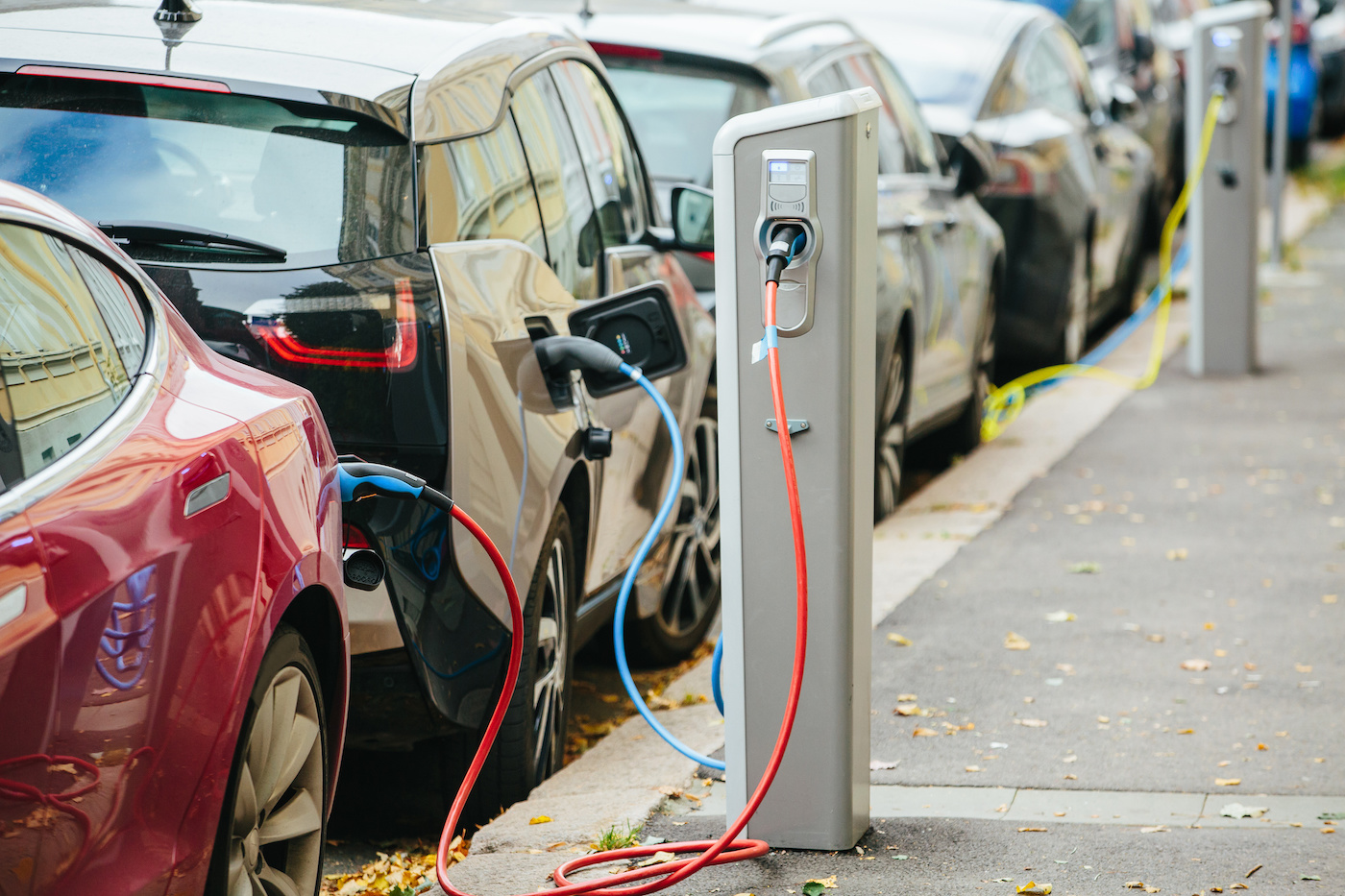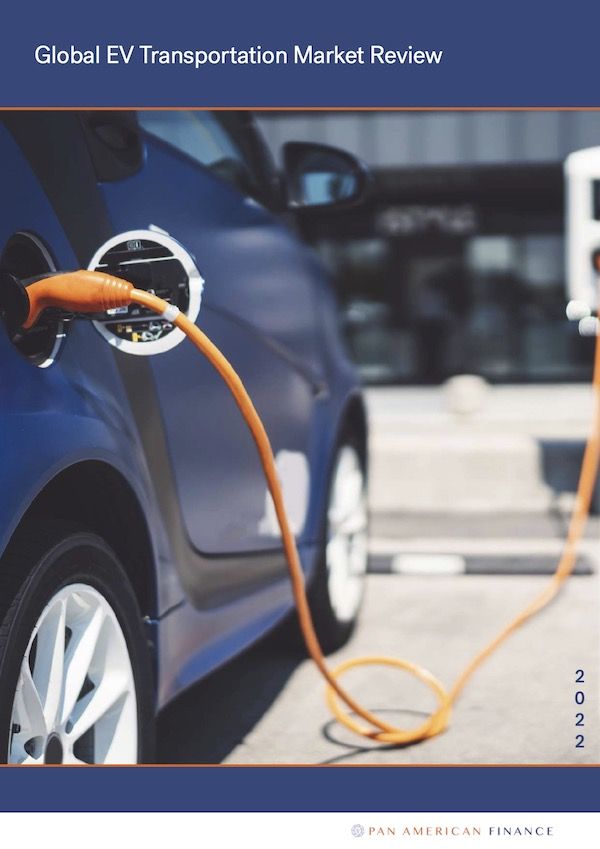PAF Global EV Transportation Market Review

About
The report provides an insight into the Global Electric Vehicle market. The findings of the report are based on research conducted by Pan American Finance (PAF) and its research partner Alchemy Research and Analytics. The report provides an overview of the Global Electric Vehicle industry with insights on prevailing market conditions encompassing recent trends and drivers, challenges, and outlook in major countries across Europe and the Americas. The report starts with a high-level view on the dynamics of the industry, touching upon the regional variations and analyzing the implications of the same. It then profiles the major markets country-wise, to provide a holistic view of the state of the industry in these countries, highlighting the growth opportunities, demand drivers and prevalent challenges. Macroeconomic data was sourced from the publications of multilateral institutions such as the Interna
The report is an outcome of a collaboration between PAF and its research partner Alchemy Research and Analytics and was completed in covering 2022.
We would like to thank the following team members for their contribution in preparing the report:
- L. Warren Pimm, CFA
Partner & Sr. Managing Director
Pan American Finance - Alex Medina
Associate
Pan American Finance - Tapas Bhowmik
Senior Manager
Alchemy Research and Analytics - Souradeep Basu
Associate Manager
Alchemy Research and Analytics - Rugvedi Desai
Senior Analyst
Alchemy Research and Analytics - Maurya Mukherjee
Senior Analyst
Alchemy Research and Analytics
Executive Summary
Transportation Sector is Going through a Transition Phase
Globally, electrification in transportation is key to achieve objectives in carbon emissions control. A phase-out of internal combustion engines (ICE) is thus on the anvil both at national and/or municipal authority levels. The number of such announcements is on a rise, partly reflecting the convergence of goals worldwide. Broadly, the direction is apparent in the trend of passenger electric vehicle (EV) sales. Between 2016 and 2021, global passenger EV sales grew at CAGR 46% (BNEF estimates) and held about 6% share in the total new vehicle sales by end-2021. Such a growth accordingly displaced the ICEs’ share in the total automotive sales – from 97% to 87% during the same review period.
Transition to EV is Subject to the Level of Policy Support
There is a case for incentivising EVs to bridge the gap against ICEs. Policy support, in terms of the upfront purchase subsidies, have proven to be effective in propping up the demand. This is observed in the experience of European countries such as Norway, Netherland and Sweden, where passenger EV offtake was led by generous purchase price discounts funded by subsidy allocations. Policy framework however is evolving with the stages of progress countries achieve. There is a gradual shift observed from a subsidy-led growth, demand-side support for nascent stage, to one based on fleet- wide emission targets incentivising EV adoption, supply-side norms at a mature/growth stage.
Charging Infrastructure is Instrumental for Mass Adoption of EVs
Range anxiety is the most challenging factor to spur the EV demand. Such an issue can be addressed only through comprehensive coverage of EV charging infrastructure. Between 2016 and 2020, cumulative installed charging connectors across key markets registered a CAGR 34%. Along with government investment, the role of private sector is gradually coming to the fore, such as in terms of the conventional utilities pivoting to this industry by setting up or acquiring EV charging businesses. Also important is the development of requisite regulatory guidelines (standardisation in equipment, tariffs, etc.) for the EV charging infrastructure.
Trend of Localisation in EV Manufacturing
Increasingly, with market growth, there is a focus on localisation in EV manufacturing. Europe for example is increasingly seeking EV capacities closer to the high-demand regions. Such a push for localisation is also related to de-risking against the dependence on the Chinese EV market. However, the Chinese market will still play the most important role in the EV supply chain even as the new investments seek diversification across the globe. However, the rapid shocks, initially from the pandemic-led global shutdown and subsequently geopolitical issues such as US-China trade dispute and the ongoing Ukrainian armed conflict, have led major stakeholders and policy authorities to reconsider automotive industry’s conventional globalised supply chain network. The investment commitments and capacity development over the next few years will set the base for a potential mass-production scale that can generate economies of scale. Pure-play EV entities may not find this very easy.

